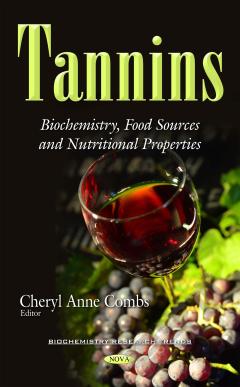Kaempferol: Biosynthesis, Food Sources and Therapeutic Uses
Kaempferol is a natural plant product known for its health promoting effects and its pharmacological and nutraceutical properties. It is common in vegetables, fruits, plants and herbal medicines. Studies have shown that it reduces cancer, arteriosclerosis, cardiovascular disorders, and serves as an antioxidant and anti-inflammatory. This book discusses the biosynthesis of kaempferol derivatives and the other flavonols identified in grapes, and the nutraceutical characteristics of these compounds with particular emphasis for kaempferol, by reporting its contents in grapes and wines. Also, the influence of different elicitors in flavonol composition (and more specifically in kaempferol) is presented. Moreover, the antitumor and the anti-inflammatory activities of kaempferol on diverse diseases are studied together with the importance of flavonoids in co-therapy. Also, molecular mechanistic studies report that kaempferol modulates a number of key elements in the cellular signal transduction pathway linked to apoptosis, angiogenesis, inflammation, and metastasis. Additionally, this book examines different natural sources of kaempferol with its pharmacokinetics (oral availability) and safety. Finally, saffron petals can be a readily exploitable good source of kaempferol for many applications. The occurrence of kaempferol and its glycosidic patterns in different crocus species is shown. This book presents an overview of the biosynthesis, food sources and therapeutic uses of this promising compound.
{{comment.content}}








 京公网安备 11010802027623号
京公网安备 11010802027623号